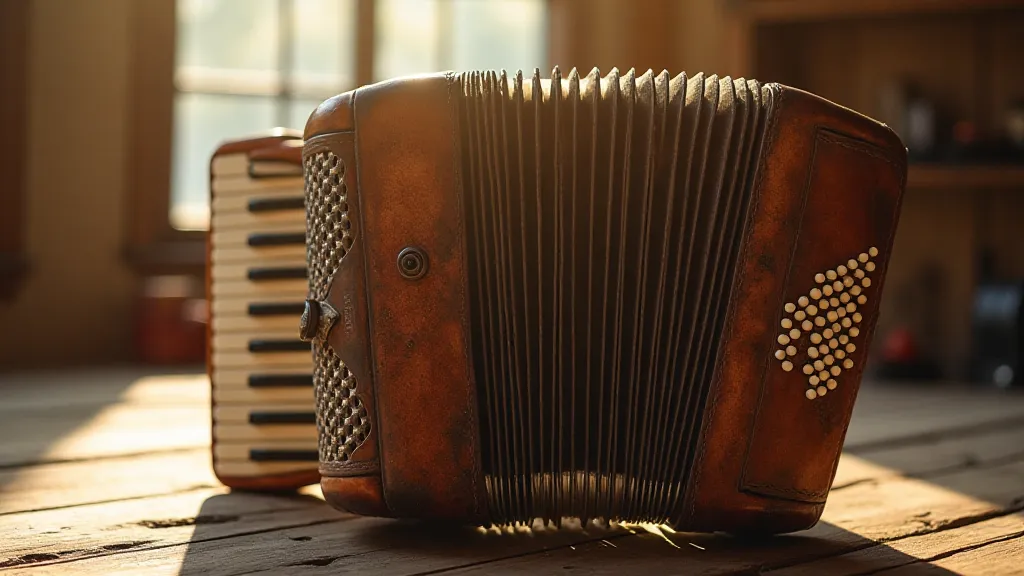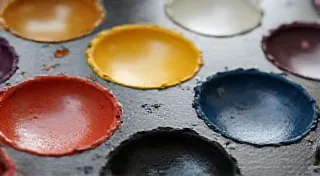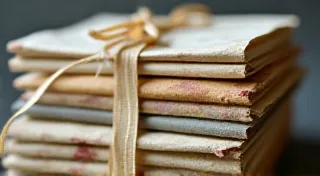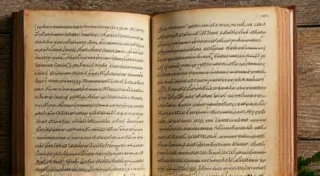The Alchemist’s Touch: Understanding and Applying Leather Cement
There’s a quiet magic to antique accordions. More than just instruments, they are tangible links to a bygone era – a time of travelling musicians, lively dances, and the warmth of shared melodies. Holding one, feeling the cool metal against your fingertips, and hearing the echo of past performances resonate within its chambers, is a deeply moving experience. But time, as it always does, takes its toll. The supple leather of the bellows, once vibrant and airtight, gradually dries, cracks, and loses its elasticity. This is where the alchemist’s touch comes in – the careful and considered application of leather cement.
My first accordion restoration project was a Hohner Victoria, a beautiful, unassuming instrument from the 1930s. It had belonged to my grandfather, a man of few words but a passionate musician. The bellows were brittle and leaking, and the repair felt less like a restoration and more like a promise – a promise to breathe life back into a cherished memory. The moment I realized the critical role leather cement would play was during disassembly. The dried, crumbling leather fragments seemed insurmountable, a testament to decades of silence. I quickly understood that this wasn't just about patching; it was about understanding the material itself.
The Science Behind the Seam: What is Leather Cement?
Leather cement isn't a single substance, but rather a family of adhesives formulated specifically for bonding leather and similar materials. Early versions, prevalent in the accordion's heyday, were often natural rubber-based, relying on casein or other animal-derived compounds for adhesion. These older cements, while effective, were often brittle and prone to eventual failure, especially in humid climates. Modern leather cements are typically polyurethane-based, offering superior flexibility, water resistance, and long-term durability.
The key to understanding leather cement’s effectiveness lies in its ability to penetrate the porous structure of leather. Unlike traditional glues that sit *on* the surface, leather cement wicks into the fibers, creating a surprisingly strong and flexible bond. The application process isn't simply about gluing; it’s about ensuring that the cement properly saturates and interlocks with the leather.
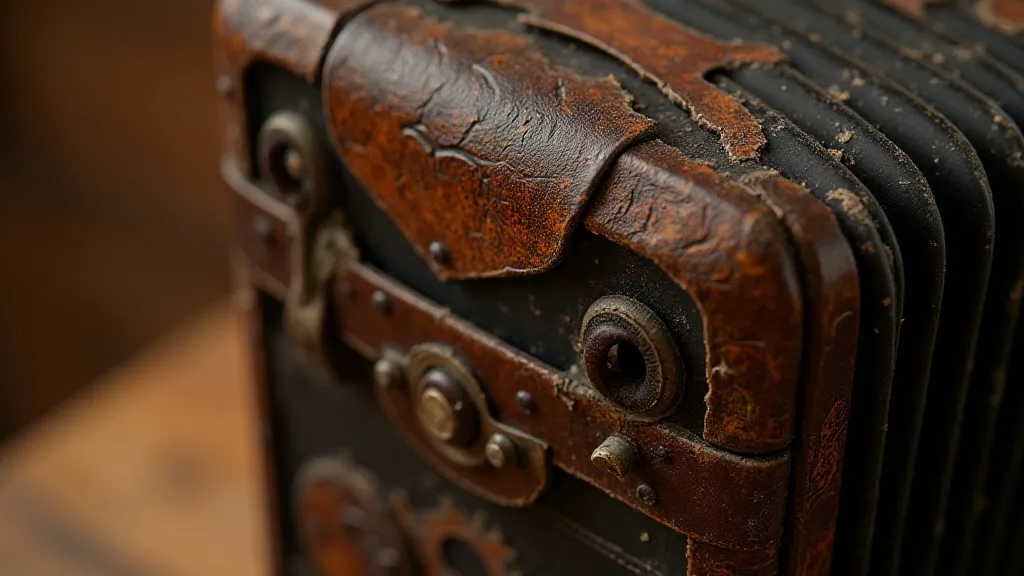
A Spectrum of Choices: Different Types of Leather Cement
Selecting the right leather cement is crucial for a successful bellows repair. Let’s explore a few common types:
- Natural Rubber-Based Cements: These are the historical standard. They offer good initial adhesion but often lack long-term flexibility and can become brittle over time. They are usually suitable for minor repairs on instruments where historical accuracy is paramount.
- Polyurethane Cements (Flexible): The workhorse of modern bellows repair. These cements offer excellent flexibility, water resistance, and adhesion. They are available in various formulations, some specifically designed for thicker bellows or applications requiring high tensile strength.
- Contact Cements: These feature a two-part system – a base coat and an activator. The activator speeds up the curing process, which can be beneficial for larger repairs or when working under time constraints. However, they require more precise application to avoid a “flash” or quick skin forming too soon.
- Cyanoacrylate (Super Glue) – With Caution: While often touted as a quick fix, the use of cyanoacrylate adhesives on antique bellows is generally discouraged. They are extremely rigid and can easily crack the leather, leading to further damage. While tiny pinhole leaks can *sometimes* be addressed with a very controlled application, they are not suitable for larger repairs.
For most antique accordion restorations, a high-quality, flexible polyurethane cement is the best choice. It offers the balance of adhesion, durability, and flexibility that antique bellows demand.
The Alchemist's Process: Application Techniques
Applying leather cement is as much an art as it is a science. Rushing the process will invariably lead to disappointment. Here's a breakdown of the key steps:
- Preparation is Key: Thoroughly clean the areas to be bonded. Use a mild leather cleaner to remove dirt and old adhesive residue. Allow the leather to dry completely.
- Thin Coats are Best: Avoid thick, gloppy applications. Apply a thin, even coat of cement to both surfaces to be bonded. Thin coats allow the cement to properly penetrate the leather fibers.
- The Wetting Process: Allow the first coat to tack up – it should feel slightly tacky to the touch. Apply a second, equally thin coat. This "wetting" process significantly enhances the bond strength.
- Clamping and Pressure: Apply firm, even pressure to the bonded areas while the cement cures. This ensures a strong, consistent bond. Use clamps, weights, or even just your hands to maintain pressure.
- Curing Time: Allow the cement to cure completely according to the manufacturer's instructions. This can take anywhere from 24 to 72 hours.
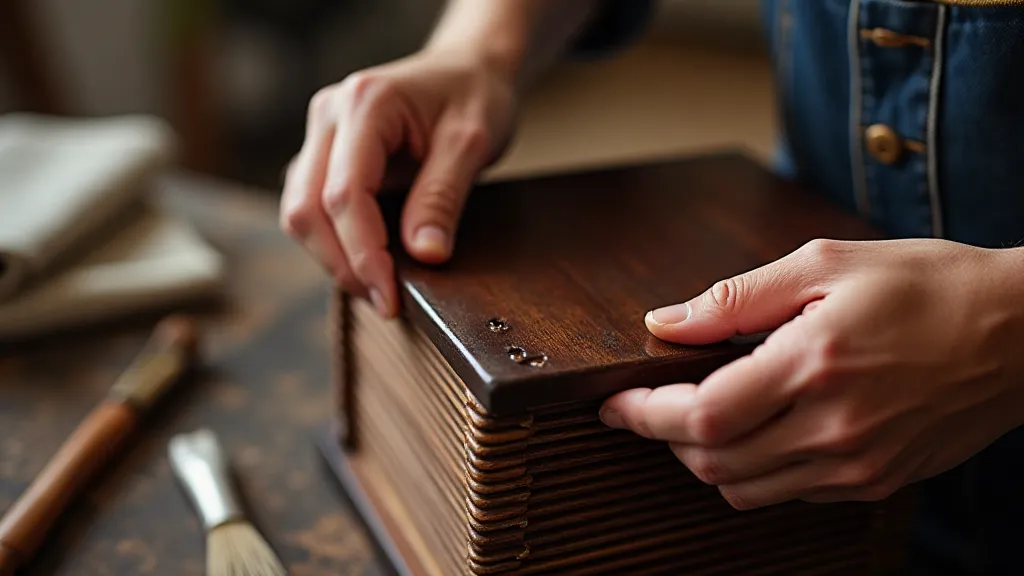
Beyond the Bellows: Historical Context and Collecting Insights
The quality of bellows repair, and the cement used, can be a significant indicator of an accordion's history and value. Original, well-maintained bellows are highly prized by collectors. However, many vintage accordions have undergone repairs over the years. Examining the type of cement used, the neatness of the application, and the overall condition of the bellows can provide valuable clues about the instrument's past.
Early repairs often used casein-based cements, which are easily identifiable by their distinctive, amber-like appearance. These repairs, while adding to the accordion's history, may also indicate a need for further restoration. Instruments with newer repairs using high-quality polyurethane cements, on the other hand, suggest a more recent and potentially well-cared-for history.
A Labor of Love and Reverence
Restoring antique accordions is more than just a technical exercise; it’s a labor of love and reverence. It’s about honoring the craftsmanship of the past, preserving a piece of musical history, and breathing new life into an instrument that deserves to be heard again. The careful application of leather cement, the alchemist’s touch, is a critical component of that process – a testament to the enduring power of music and the beauty of a well-preserved legacy.
